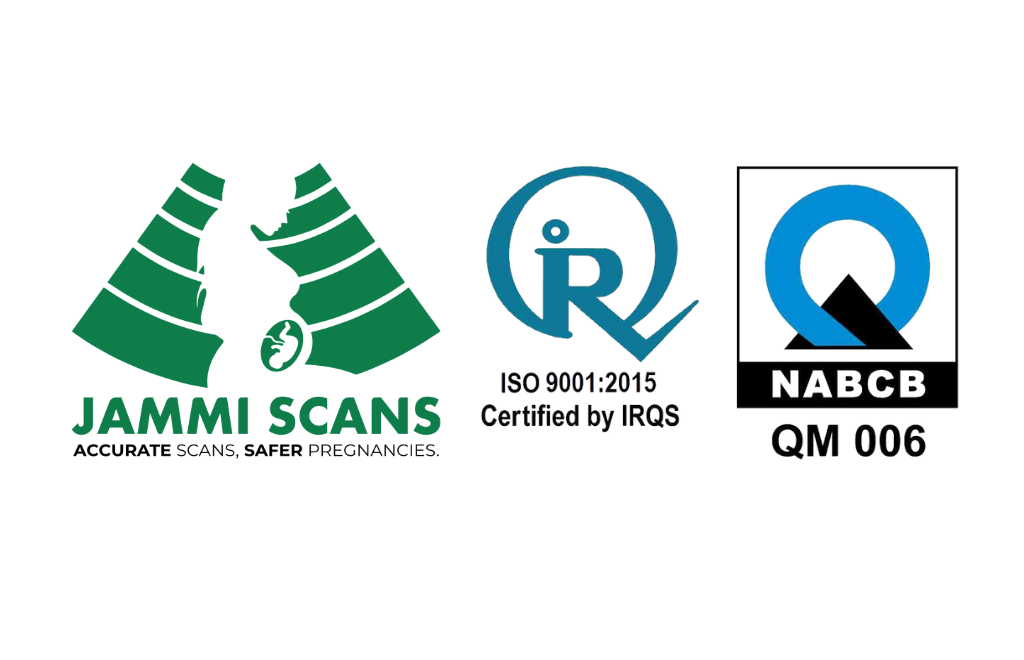Table of Contents
ToggleIntroduction
Every pregnancy scan has a vital role in ensuring the well-being of your baby, and the Growth Scan and Anomaly Scan are no exception.
A Growth Scan is performed to assess your baby’s growth and overall development, while an Anomaly Scan is done to check for any structural or developmental abnormalities.
Understanding the difference between a growth scan vs anomaly scan clearly can help expectant parents feel confident and prepared for each stage of pregnancy.
What is a Growth Scan?
As the name suggests, a Growth Scan is a third-trimester ultrasound screening that is carried out to assess the baby’s overall growth and development, including the baby’s size and weight.
A Growth Scan is usually performed around 28–40 weeks of pregnancy. This helps ensure the baby is growing normally and also helps identify conditions such as intrauterine growth restriction (IUGR) or excessive growth.
What do they check in a Growth Scan?
During a Growth Scan, the doctor will measure the baby’s:
- Head circumference
- Abdominal circumference
- CRL (Crown-Rump Length – baby’s crown-to-buttocks length)
- Femur length
- Amniotic fluid levels
- Placental position and health
What is an Anomaly Scan?
An Anomaly Scan, also known as the 20-week scan, is performed between 18 and 22 weeks of pregnancy. Ideally, an Anomaly Scan is done to detect structural abnormalities in the baby.
What does an Anomaly scan check?
An Anomaly Scan evaluates the baby’s brain, heart, kidneys, spine, limbs, and other organs.
Apart from this, the scan also checks for the baby’s heart rate, placental position, and amniotic fluid levels.
Early detection of abnormalities helps doctors and expectant parents plan for treatment or management methods.
Growth Scan Vs Anomaly Scan
| Feature | Growth Scan | Anomaly Scan |
|---|---|---|
| Timeframe | Between 28-40 weeks | Between 18-22 weeks |
| Purpose | Monitor growth and development of the baby | Detect structural or developmental abnormalities in the baby |
| Focus | Size, weight, placenta, amniotic fluid | Organs, limbs, brain, heart, spine |
| Frequency | Ideally, once or twice | Ideally, once |
| Price | ₹2,000–₹4,500 | ₹2,500–₹4,500 |
Why Are Both Scans Important?
Since both the Growth Scan and the Anomaly Scan serve two different purposes, together they give a comprehensive look into the baby’s health. Hence, both the Growth Scan and the Anomaly Scan are important.
FAQ
- Can a Growth Scan replace an Anomaly Scan?
No. A Growth Scan is used to monitor the baby’s growth and development, whereas an Anomaly Scan is done to check if the baby has any structural abnormalities. Hence, it is important for pregnant mothers to get both the Growth Scan and the Anomaly Scan done. - Growth scan Vs Anomaly scan– Do all pregnant women need both scans?
Yes. It is important for pregnant mothers to get all four scans done in order to ensure the well-being of the baby:
3. In which month is a Growth Scan done?
Ideally, a Growth Scan is carried out in the third trimester of pregnancy between 28–40 weeks.
Reviewed by Dr. Deepthi Jammi - Fetal Medicine Specialist
Dr. Deepthi Jammi (Director, Jammi Scans) is a qualified OB/GYN and Post-Doc in Maternal Fetal Medicine. As a pregnancy ultrasound expert, she is passionate about healthy pregnancies and works towards spreading awareness on the latest diagnostic options available for parents to choose from. Dr.Deepthi has received gold medals and awards in Fetal Medicine at international and national conferences, and has appeared in numerous prestigious regional magazines and TV interviews.




